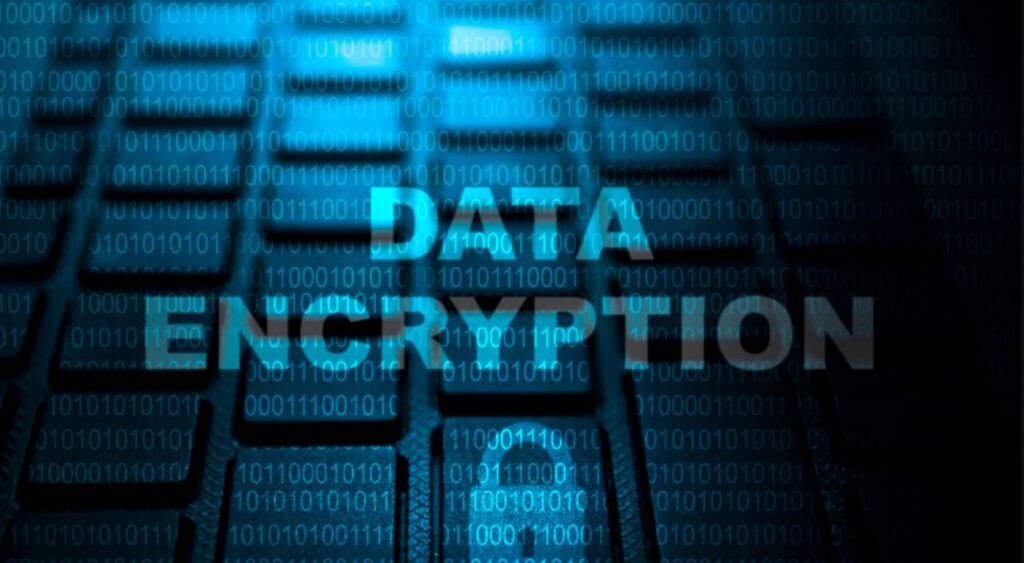What is File Encryption?
File encryption is a security measure that converts data into an unreadable format unless decrypted with the correct key or password. While encryption protects sensitive information, losing access to encrypted files can be problematic.
Why Are Files Encrypted?
- Ransomware Attacks: Cybercriminals encrypt files and demand a ransom to restore access.
- Security Measures: Users encrypt files to protect privacy but may forget passwords.
- Software Errors: Encryption can occur due to system bugs or software malfunctions.

decrypt encrypted files
How to Decrypt Encrypted Files
1. Use Free Decryption Tools
Security firms like Kaspersky and Emsisoft provide tools for decrypting ransomware-infected files. Identify the encryption type before using these tools.
2. Restore from Backup
Regular backups are the best defense. If you have a backup, restore the unencrypted version of your files.
3. Try File Recovery Software
Programs like Recuva can sometimes recover previous, unencrypted versions of files if no new data has overwritten them.
4. Seek Cybersecurity Experts
If all else fails, consult cybersecurity professionals who might offer specialized solutions for decryption.
How to Prevent File Encryption Issues
✅ Regular Backups: Keep secure copies of important files offline.
✅ Use Reliable Antivirus Software: Protect against ransomware and malware.
✅ Beware of Suspicious Emails & Links: Avoid phishing scams.
✅ Keep Systems Updated: Security updates help patch vulnerabilities.

decrypt encrypted files
Conclusion
Losing access to encrypted files can be a serious issue, but decryption methods and preventive measures can help. Always prioritize data protection through regular backups and robust security practices.